As a nurse, our primary responsibility is to provide the best possible care for our patients. One way to ensure this is by using a systematic approach, such as the ADPIE nursing process. In this article, we will explore what ADPIE is, its components, and how to implement it in your practice.
What is ADPIE?
The ADPIE is an acronym used for the steps of the nursing process: Assessment, Diagnosis, Planning, Implementation, and Evaluation. ADPIE nursing process is an organized, systematic approach nurses used to meet the individualized health care needs of patients.
Components of ADPIE
The following are the components of ADPIE nursing process:
Assessment
The assessment stage is the first step in the ADPIE process. During this step, the nurse gathers information about the patient’s health status, including physical, psychological, and social factors using different assessment techniques such as head-to-toe physical assessment. This data is used to form an accurate diagnosis and develop a care plan. The assessment stage is also an opportunity for the nurse to establish a rapport with the patient and build trust. The nurse also identifies the patient’s needs and sets priorities for care.
Diagnosis
The diagnosis stage is the second step in the ADPIE nursing process. This is where the nurse uses the information gathered in the assessment stage to determine the patient’s health problems. The nurse must consider all aspects of the patient’s health, including physical, psychological, and social factors, to make an accurate diagnosis. The nurse uses critical thinking and problem-solving skills to determine the underlying cause of the patient’s symptoms. Critical thinking abilities compel nurses to challenge assumptions, question the context, look for new ways of doing and thinking, and consider, filter, and evaluate ideas or solutions.
Planning
The planning stage of the ADPIE nursing process is where the nurse develops a plan of care for the patient. The nursing care plan should be based on the patient’s health problems and needs, as well as the resources available. The nurse should also involve the patient in the planning process to ensure that the plan of care meets their needs and preferences. The care plan should be individualized to the patient and take into account their unique circumstances and preferences. The nurse should also consider any cultural or religious beliefs that may impact the care plan.
Implementation
The implementation stage is where the nurse carries out the plan of care. This may involve administering medications, performing procedures, or providing education to the patient. The nurse should closely monitor the patient’s response to treatment and make any necessary adjustments to the care plan.
Evaluation
The evaluation stage is the final step in the ADPIE process. During this stage, the nurse assesses the patient’s progress and determines whether the plan of care was effective. The nurse may also make changes to the plan of care based on the patient’s progress and needs.
What are the advantages of using ADPIE?
There are several benefits to using the ADPIE nursing process in patient care. These include:
- Improved patient outcomes. By using a systematic approach to patient care, nurses can ensure that all of the patient’s needs are addressed and that they receive the best possible care.
- Enhanced critical thinking skills. The ADPIE nursing process encourages nurses to use critical thinking and problem-solving skills, which can improve their overall clinical judgment.
- Increased patient satisfaction. By providing comprehensive and individualized care, nurses can improve patient satisfaction and build trust with their patients.
- Improved communication. The ADPIE nursing process can improve communication between healthcare professionals, as it provides a clear framework for discussing the patient’s care.
- Prioritization of action in NCLEX. The ADPIE can serve as a guide on which interventions should be prioritized.
References and Sources
- Potter, P., Boxerman, S., Wolf, L., Marshall, J., Grayson, D., Sledge, J., & Evanoff, B. (2004). Mapping the nursing process: a new approach for understanding the work of nursing. JONA: The Journal of Nursing Administration, 34(2), 101-109.
- Yildirim, B., & Ozkahraman, S. (2011). Critical thinking in nursing process and education. International journal of humanities and social science, 1(13), 257-262.
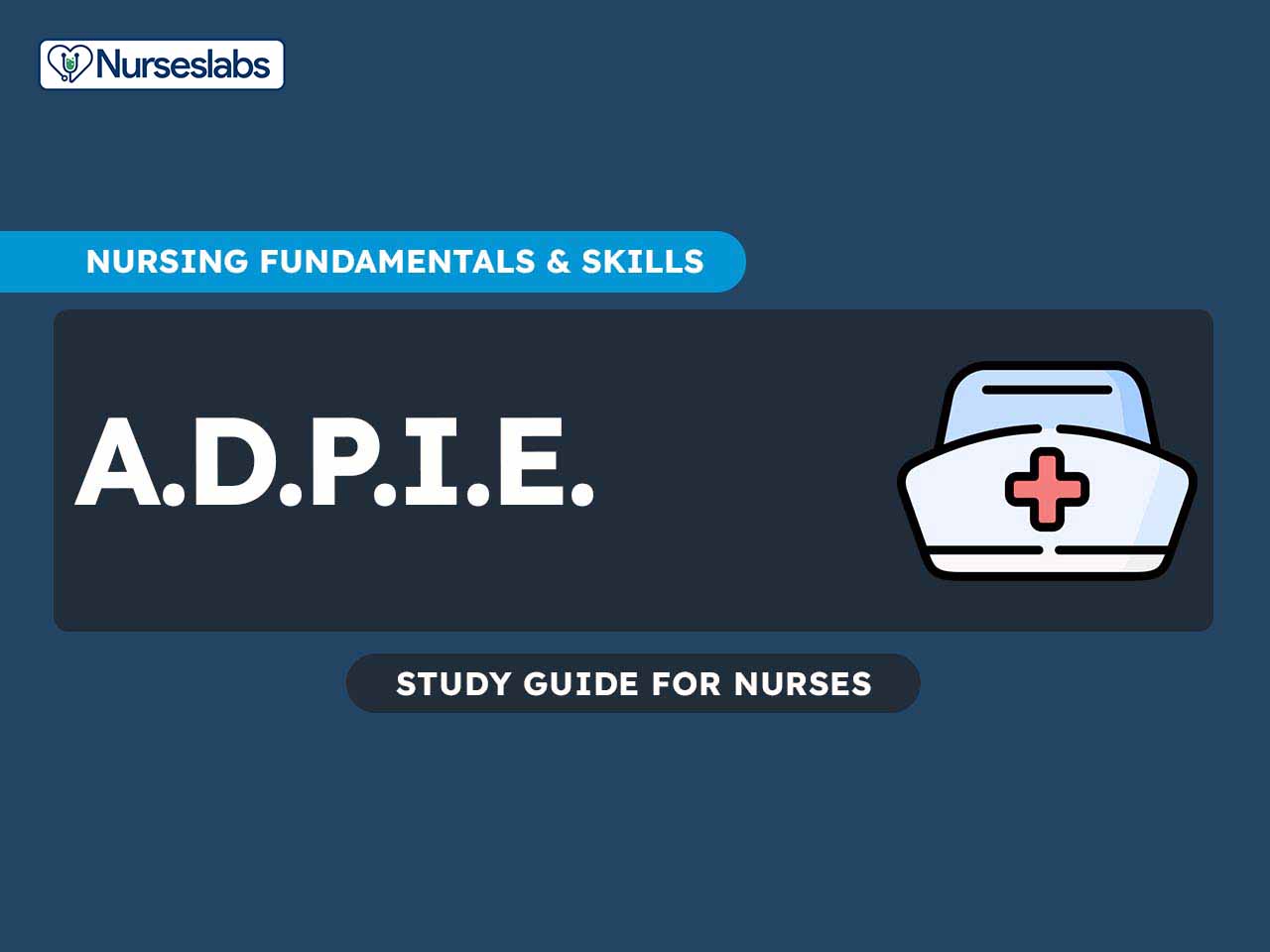
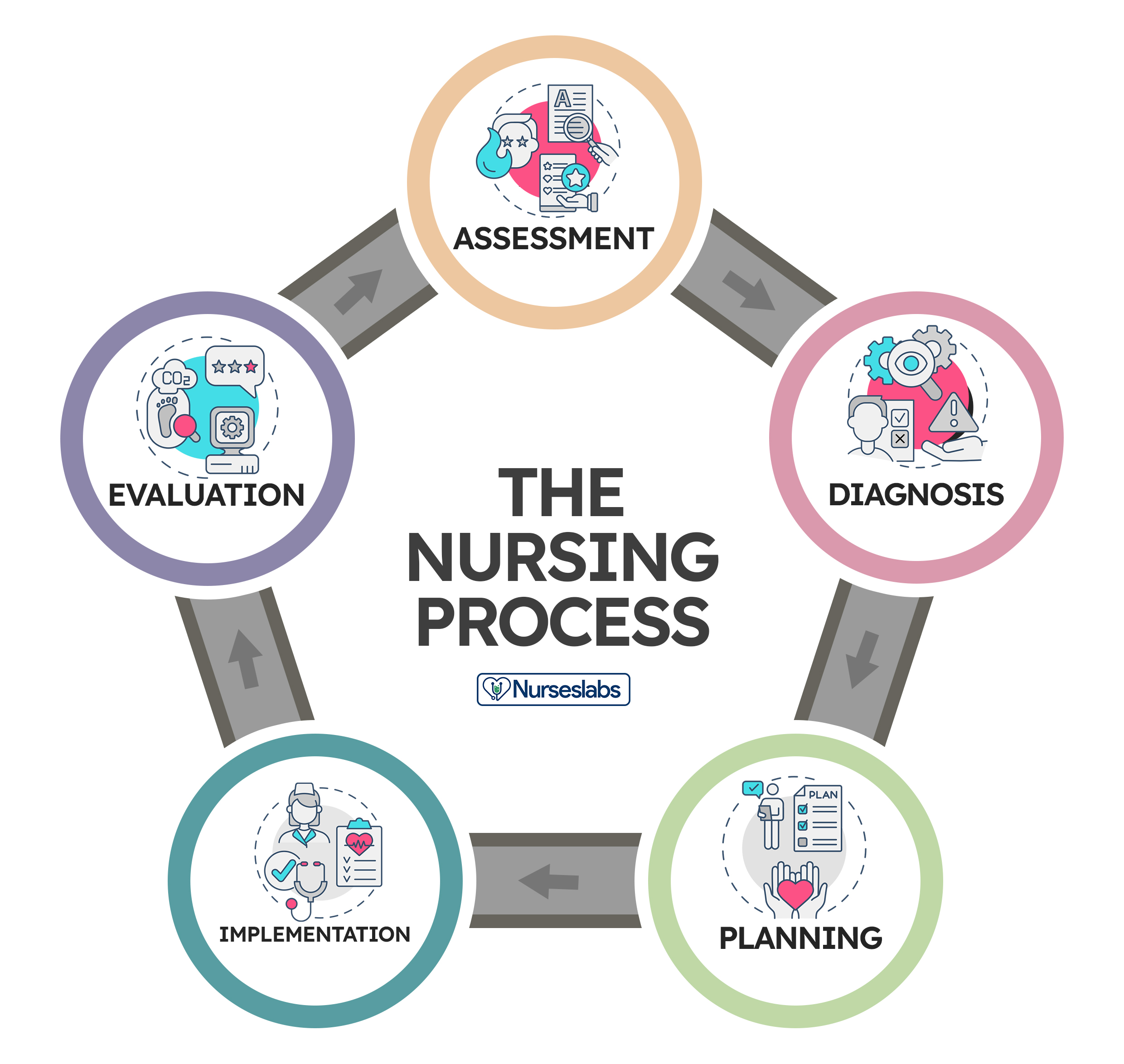






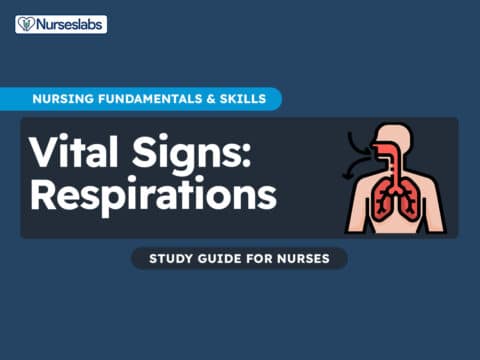
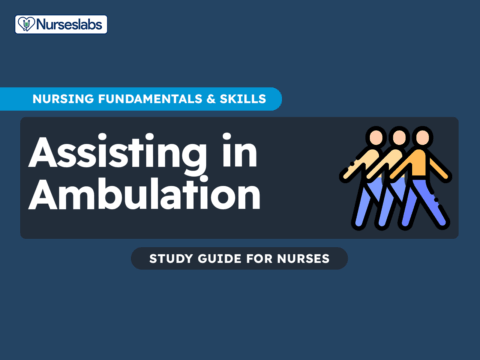
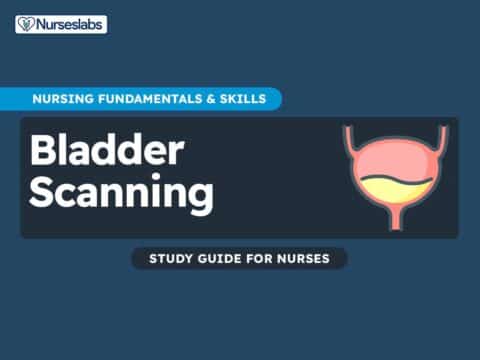


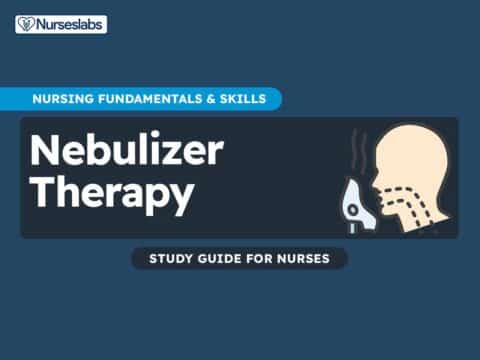






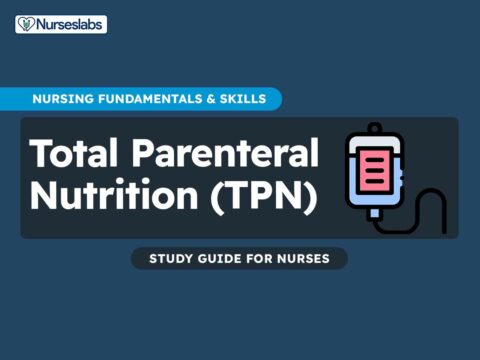


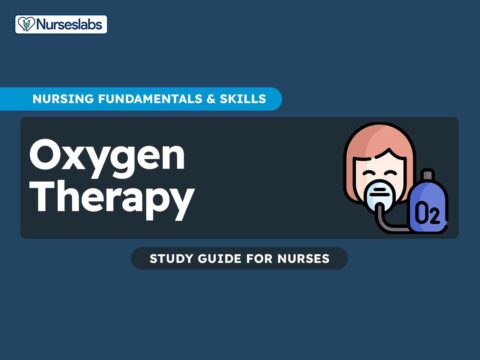

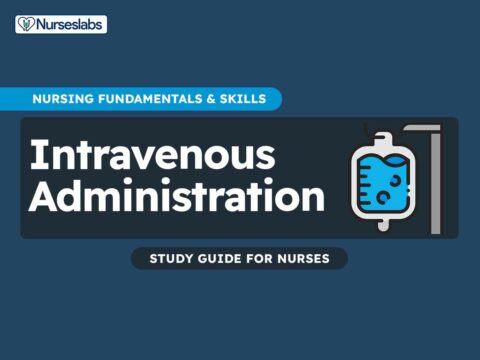







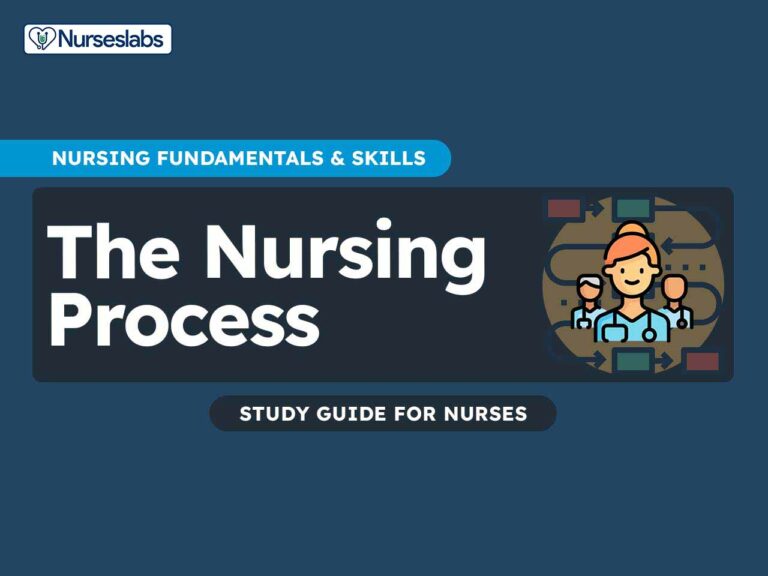

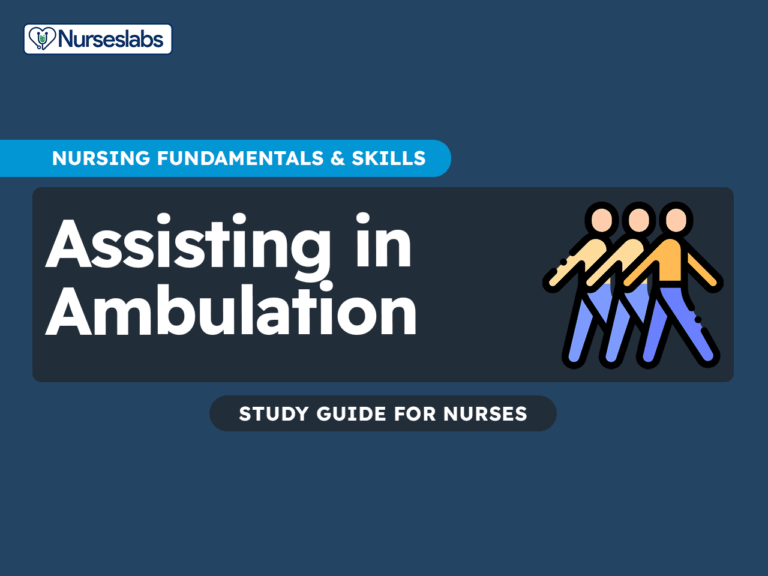

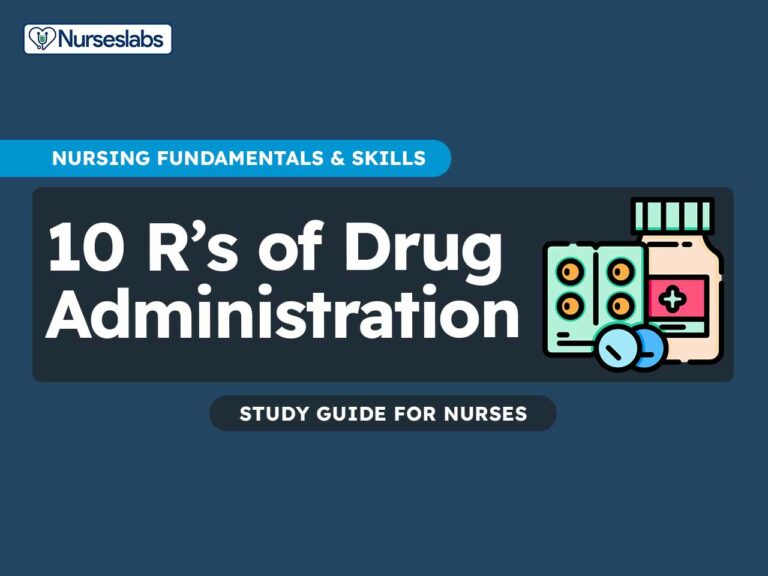
Leave a Comment